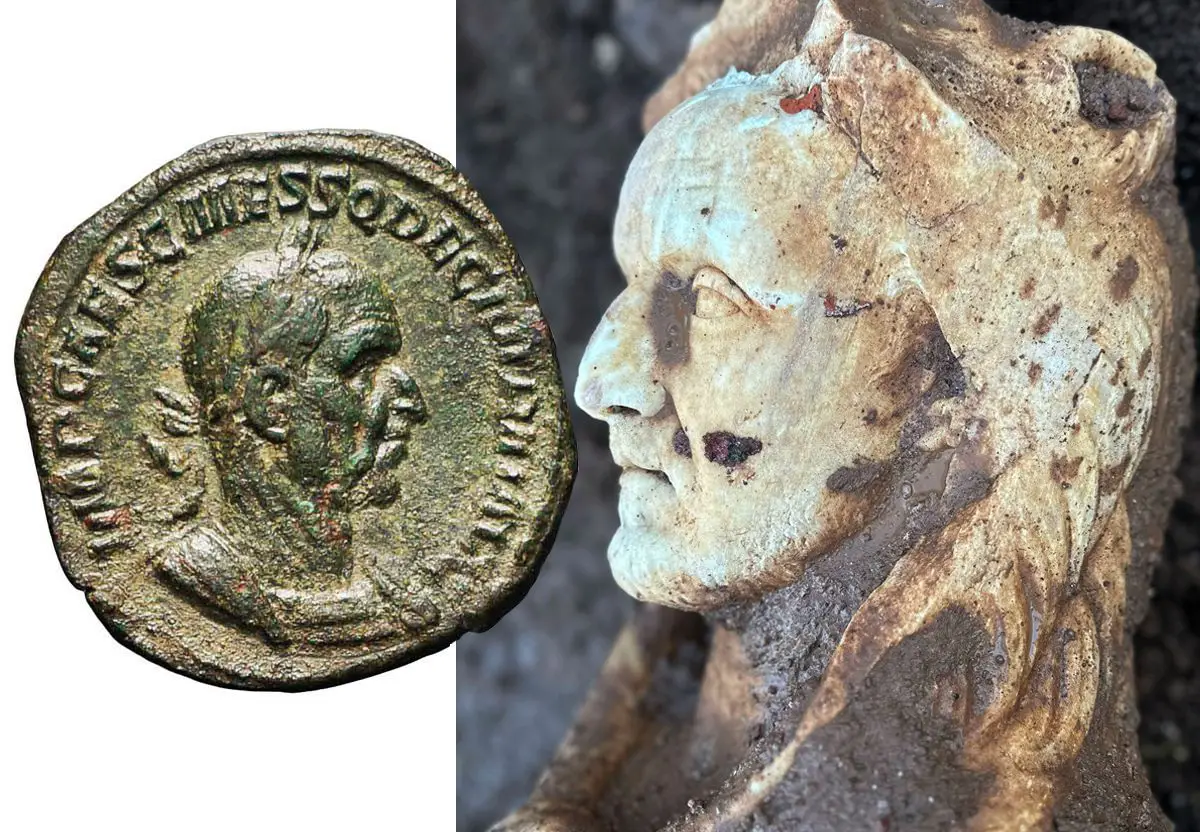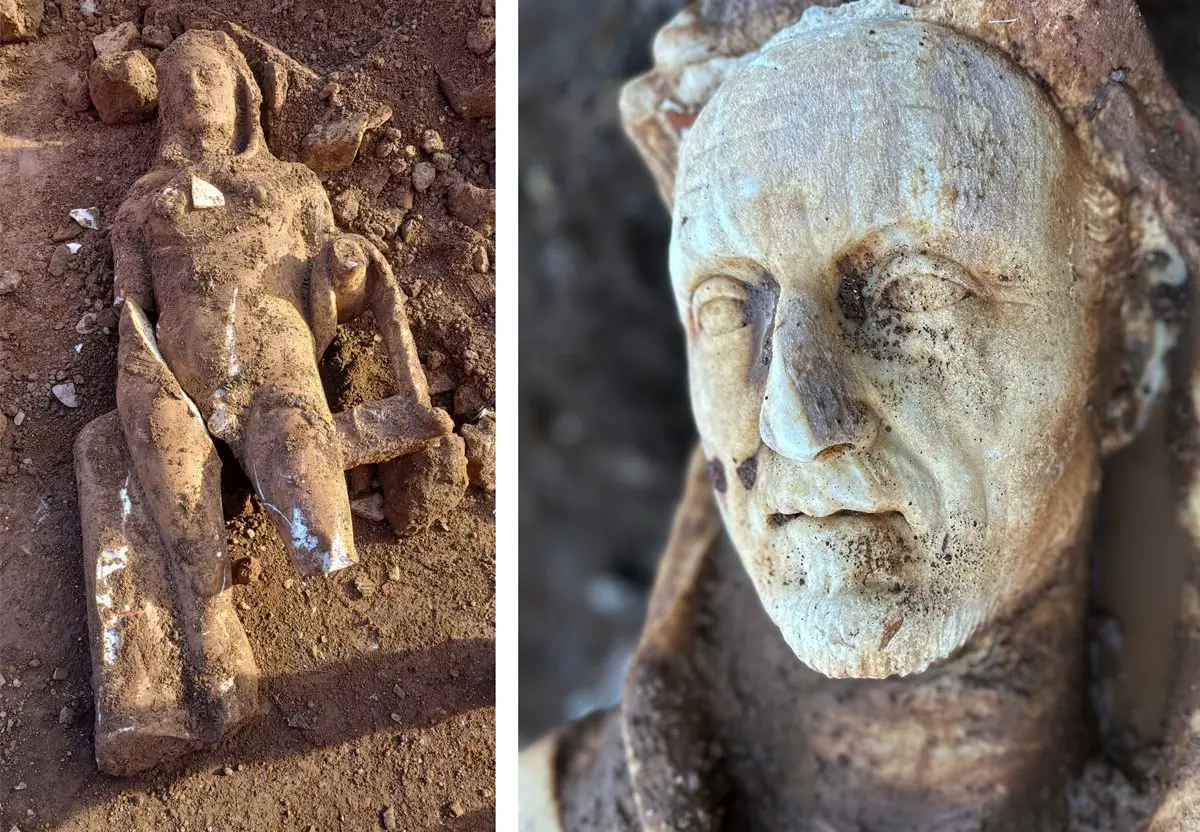A life-sized statue of Hercules has been found by construction workers during repairs to a sewerage system in Rome.
Hercules is the Roman equivalent of the Greek hero Heracles, who in classical mythology was a legendary Hellenic chthonic hero.
According to legend, Hercules was driven mad by Hera (queen of the gods) and slew his sons and his wife, Megara. Seeking penance, he entered into the service of King Eurystheus, who imposed upon Hercules the famous Labours, a series of 12 impossible feats.
The Romans adapted the Greek hero’s iconography and myths for their literature and art, even inventing a number of myths that were distinctly Roman. Several Roman emperors, in particular Commodus and Maximian, often identified themselves with Hercules, or venerated him as a demigod and worshiped him in Hercules cults.
The statue was discovered by construction workers conducting repairs on collapsed sewer pipes in the Appia Antica Park, located between the Aurelian Walls of the city of Rome and the town of S. Maria delle Mole, in the district of Marino.
The park contains ancient monuments and archaeological remains, including part of the Appian Way that connected Rome to Brindisi in southeast Italy, the Circus of Maxentius, and numerous villas and tombs.
The life-sized statue is made of marble and was uncovered at a depth of 20 metres. It was displaced out of context due to the construction of the sewer line during the last century.

The statue depicts Hercules with a lion skin and the gnarled club (his favourite weapon), and dates from between 27 BC to AD 476 during the Roman Imperial Period.
In an updated announcement by park authorities, it is possible that the statue could be a depiction of Emperor Gaius Messius Quintus Traianus Decius, dressed in a lion skin to identify himself with Hercules. Decius was the emperor of the Roman Empire from AD 249 to 251.
Header Image Credit : Parco Archeologico dell’Appia Antica





